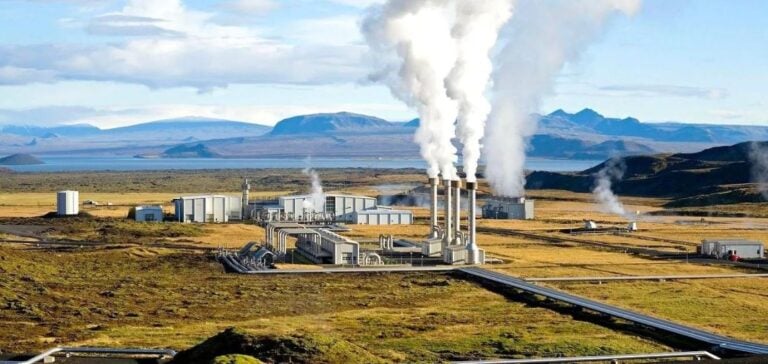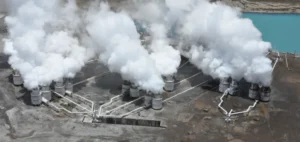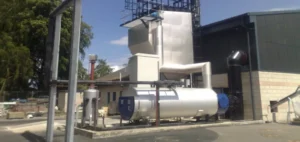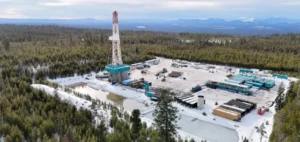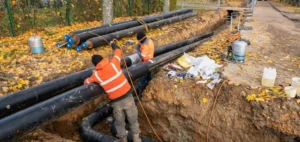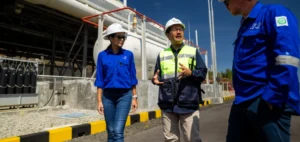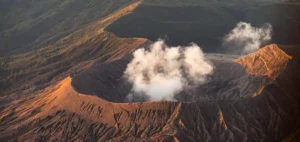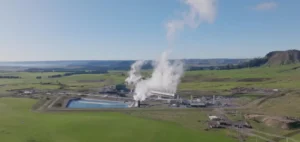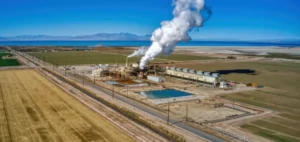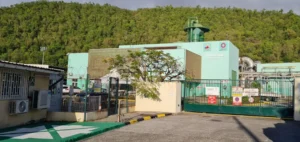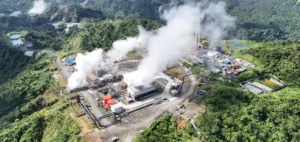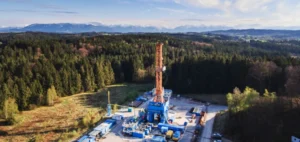Geothermal energy, long on the bangs of American energy policy, is now at the heart of the country’s energy transition. With only 1.6% of energy consumption in 2022, this renewable energy source is getting a new boost under the Biden administration, which sees enormous potential for the future. A government investment in an experimental site in Utah since 2018 marks this new direction.
EGS Technology: A Geothermal Revolution
The Utah site was used to test Enhanced Geothermal Systems (EGS) technology, similar to hydraulic fracturing but used to harness the heat of rock without the need for groundwater. This technological breakthrough could enable geothermal energy to be used far beyond the American West, reducing investment risks and promising geothermal energy “everywhere”.
Environmental and economic impacts
Unlike conventional fracturing, EGS uses fewer chemical additives and releases no hydrocarbons, minimizing its environmental impact. The government also emphasizes the advantage of geothermal energy as a continuous source of energy, offering a stable and reliable alternative to solar and wind power. Production costs could fall significantly by 2035, making geothermal energy more competitive.
Geothermal energy attracts investors
Government statements encourage the conversion of oil and gas exploration permits into geothermal licenses, simplifying the regulatory process. Several start-ups, including Fervo Energy with its Google-backed project in Nevada, are entering this promising market, attracting the attention of private investors thanks to the growing interest of major players such as Google, Microsoft and Nucor in purchasing geothermal energy.
The Department of Energy has introduced a seismic risk management plan for all operators of deep geothermal projects, alleviating one of the main concerns associated with this technology. Although the sector is still in its infancy, optimism reigns as to its ability to grow and make a significant contribution to the goal of clean, sustainable energy for the United States.


